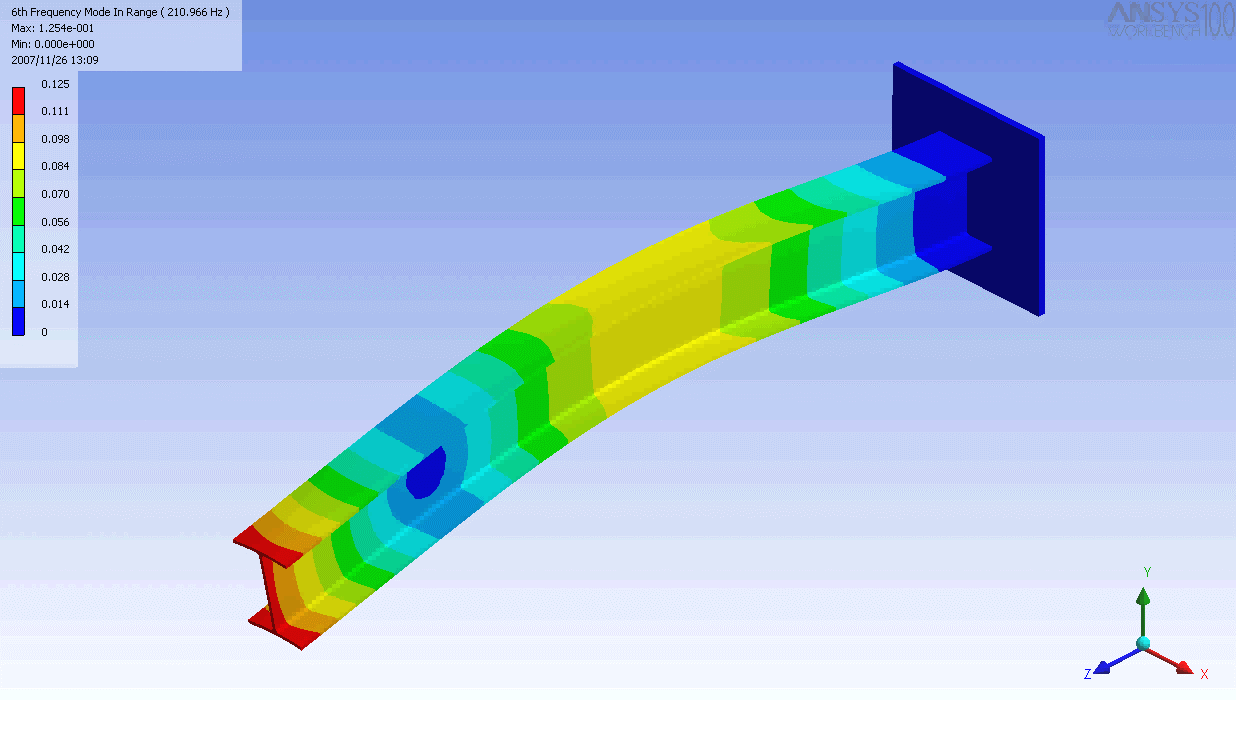PHYS 306: Materials Physics Labs

Bending an I-beam Girder (source: https://en.wikipedia.org/wiki/Bending)
Labs Overview:
1) Visualizing the (inelastic) mean-free path of electrons in a gas
2) DAQ calibration
3) LabVIEW programming for GPIB control of instrumentation
4) DC measurement of milli-ohm samples (2-probe vs. 4-probe)
5) Elastic Moduli measurements (uniform vs. non-uniform strain)
6) Mechanical Break Junctions: quantized conductance of gold wire nanocontacts (Wave Nature of Matter)
Student-suggested initiatives are encouraged!
Each student is expected to take on the role of the discovering experimentalist, examining the large amount of data collected in lab and/or provided by the primary text, and presenting analysis of this data (along with new conceptual material) to the rest of the class.
Each student is asked to take on instructional lab modules such as:
- Creep analysis
- Bridge circuits and Strain-Gauge measurements
- Lock-in measurement of differential conductivity
- Mapping the dispersion relation for the N resonant modes of N coupled oscillators
- Michelson interferometer with gas-handling manifold, for measuring index of refraction (e.g., as a function of pressure)
- Interferometer construction for study of deflection of our hugh I-Beam
- Diffraction of light by 1D, 2D and 3D crystalline arrays (with microwaves)
- Examination of ordering (e.g., in a monolayer of pennies): pair correlation function g(r) and structure factor S(k)
- Curie Temperature of Gadolinium (and thermoelectric temperature control)
- Temperature dependence of any material response, e.g., the Hall Effect
- Extracting Boltzmann statistics from colloid sedimentation, or in an optical trap
- Examination of thermal noise in electrical measurements ("Johnson Noise" or "Nyquist Noise")
- Measurement of 1/f noise ("flicker noise")
- Examination of lower-dimensional systems (e.g., 2D materials, or 1D Wollaston Wires that Gabe has made)
- Blinking Quantum Dots (Zero-dimensional systems)
- Make a Rüchardt’s tube to measure the heat capacity of air
- Detecting Phonon Modes in Silicon Tunnel Diodes at Low-Temperature
- Particle-like Behavior of Localized Electrons: Coulomb Blockade with gold nanoparticles
An excellent workbook for learning LabVIEW programming is John Essick's.

